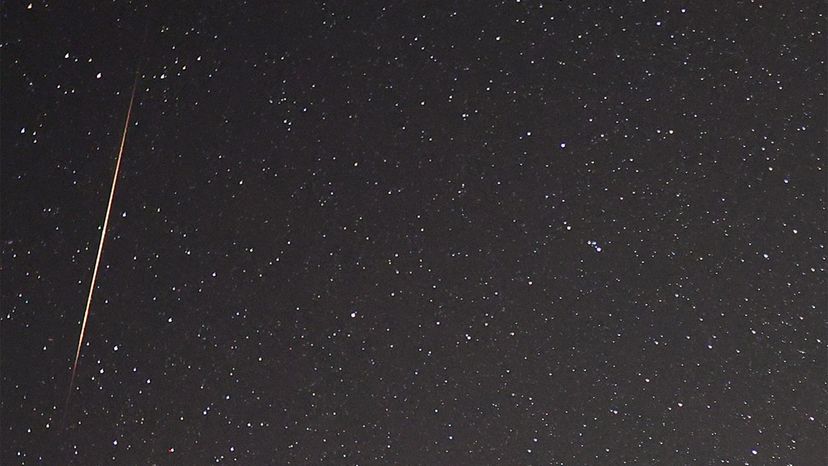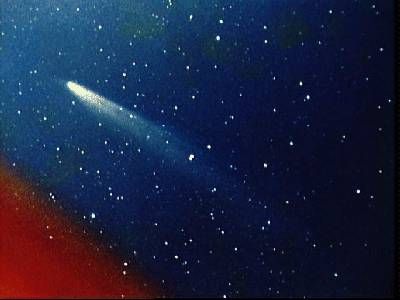
While 'shooting star' may be a misnomer, there's no denying the magic of seeing a bright object arc across the night sky. When small objects hit Earth's atmosphere, we see these meteors light up as shooting stars as they burn up on their fiery passage.
Enter the Tau Herculids, a new — and short-lived — meteor shower. This meteor shower was promised to be either be one for the history books or not visible at all — an interesting dichotomy for a science like astronomy which is usually more certain about events like meteor showers. It turned out to produced a beautiful display of meteor activity, but not quite the major meteor storm some were hoping to see.
Advertisement

